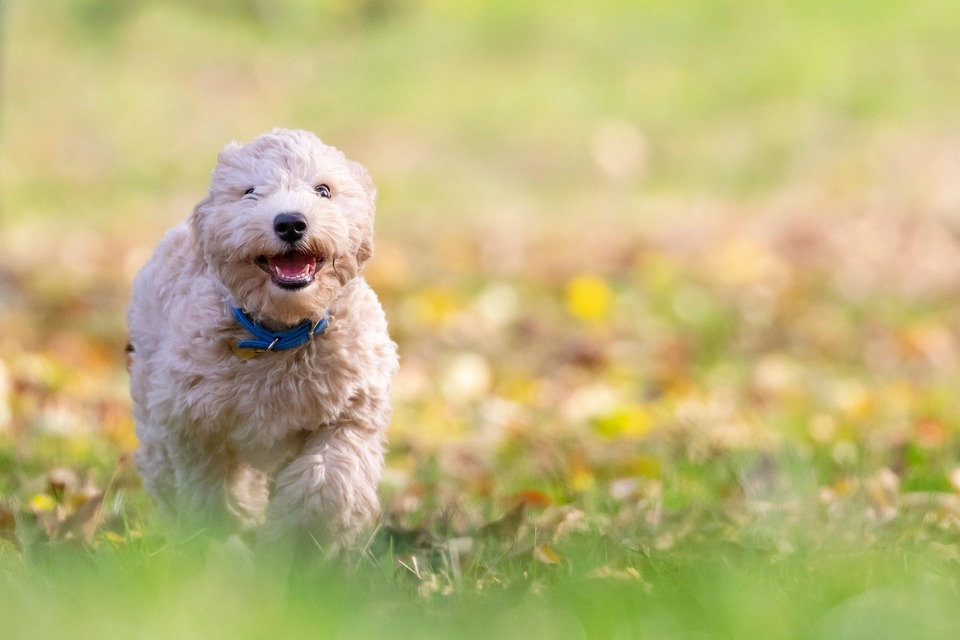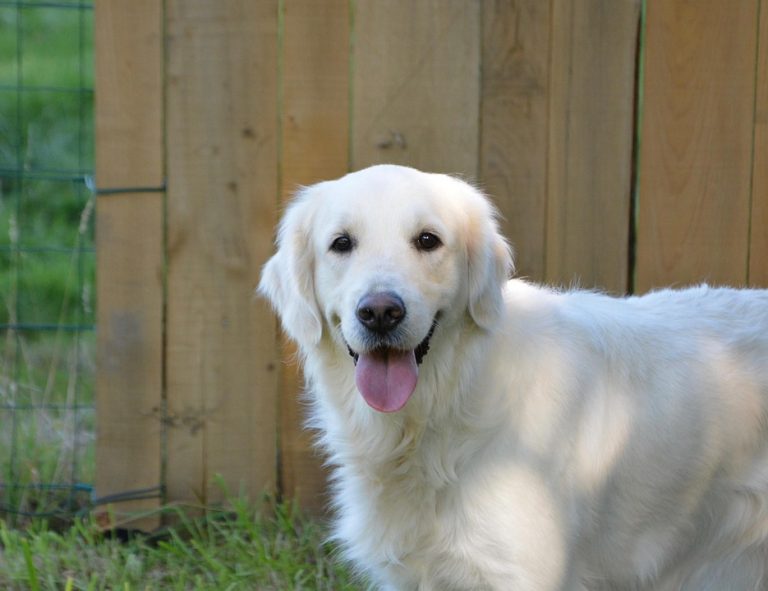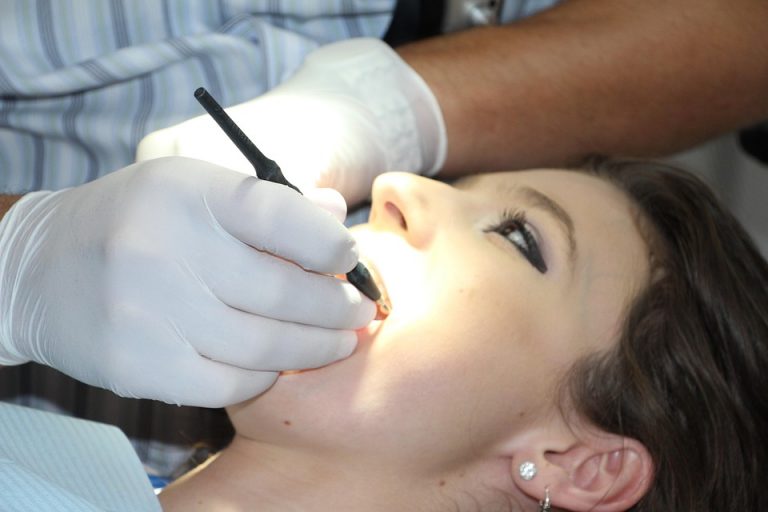Dog anxiety can feel overwhelming, both for our beloved pets and for us as their guardians. You may have noticed your furry friend trembling, hiding, or barking excessively when faced with stressful situations. Understanding how to provide instant dog anxiety relief can transform your dog’s life—and yours.
Contents
What is Dog Anxiety?
Dog anxiety is a condition where dogs experience fear or distress in certain situations. This can stem from various triggers, including thunderstorms, fireworks, or separation from their owners. It’s crucial to acknowledge this issue because a happy dog contributes to a happy home. When your dog feels safe and secure, you’ll enjoy a more peaceful environment.
Why Does Dog Anxiety Matter?
You might wonder why you should care about dog anxiety. The truth is, a dog in distress can change the dynamics of your household. It can lead to destructive behaviors, strained relationships, and even health issues. By addressing your dog’s anxiety, you not only improve their quality of life but also enhance your own emotional well-being.
1. Create a Calming Environment
Your home should be a safe haven for your dog. Consider creating a special space where they can retreat during stressful times.
- Use soft bedding and familiar toys to make this area comfortable.
- Dim the lights and minimize noise to create a serene atmosphere.
- Consider using calming scents like lavender or chamomile. These can help soothe anxious dogs.
2. Try Anxiety Wraps
Anxiety wraps, like the Thundershirt, apply gentle pressure to your dog’s body. This can mimic the feeling of being held, providing comfort during stressful situations.
- Put it on before stressful events to help your dog feel safe.
- Ensure it fits snugly but isn’t restrictive.
This simple solution often leads to noticeable improvement in anxiety levels.
3. Use Music or White Noise
Music can be a powerful tool for instant dog anxiety relief. Studies have shown that certain genres, like classical or soft rock, can help calm dogs.
- Create a playlist that your dog enjoys.
- Alternatively, use a white noise machine to drown out frightening sounds from outside.
These auditory distractions can help shift your dog’s focus away from what’s causing their anxiety.
4. Incorporate Natural Supplements
There’s a growing interest in using natural supplements to help with dog anxiety. Ingredients like L-theanine, CBD oil, and Valerian root have shown promise in calming anxious pets.
- Always consult your vet before introducing new supplements.
- Look for products specifically formulated for dogs to ensure safety and efficacy.
These natural options can provide gentle relief without the side effects of pharmaceuticals.
5. Engage in Regular Exercise
Physical activity is essential for your dog’s mental health. Regular exercise helps release pent-up energy and reduces anxiety.
- Aim for at least 30 minutes of exercise every day. This can include walks, play sessions, or even agility training.
- Mix up the routine to keep things exciting.
A well-exercised dog is often a more relaxed dog.
6. Implement Training Techniques
Training can empower both you and your dog. Teaching them commands can provide structure and predictability, which are essential for anxious dogs.
- Use positive reinforcement to reward calm behavior.
- Consider enrolling in obedience classes or seeking guidance from a professional trainer.
Training not only helps with anxiety but also strengthens your bond.
7. Seek Professional Help
If your dog’s anxiety persists or worsens, don’t hesitate to seek professional help. A veterinary behaviorist or a certified dog trainer can provide tailored strategies and may recommend medications if necessary.
- Reach out to your vet for a thorough evaluation.
- Explore training programs focused on anxiety management.
Getting expert advice can be a game-changer for your dog’s well-being.
Bottom Line
Addressing your dog’s anxiety is not just about managing symptoms; it’s about enhancing their quality of life. By implementing these 7 proven tips for instant dog anxiety relief today, you equip yourself with the tools to make a real difference. Remember, a calm dog leads to a happier home.
If you notice signs of anxiety in your furry friend, take action now. Your dog deserves it, and so do you!
FAQs
What are common signs of dog anxiety?
Common signs include excessive barking, trembling, hiding, and destructive behavior.
Can dog anxiety be treated naturally?
Yes, options like anxiety wraps, music, and natural supplements can help.
When should I seek professional help for my dog’s anxiety?
If anxiety persists or escalates despite your efforts, it’s time to consult a vet or a professional trainer.
By following these tips, you can create a supportive environment for your dog, making anxiety a thing of the past. Your journey toward a calmer, happier pet starts today!








